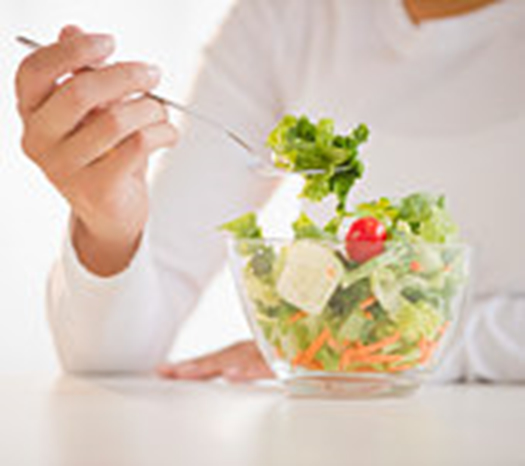Posted on Natural News on Saturday, April 06, 2013 by: Sandeep Godiyal
http://www.naturalnews.com/039806_black_rice_antioxidants_health_benefits.html#
(NaturalNews) Although not very common, black rice is currently one of the healthiest food types that can be obtained today. Packed with a wide array of nutrients, black rice has a very rich and interesting history. As most people know, rice is a base food source in Asia. During the years when China was ruled by an emperor, black rice was dubbed as the “Forbidden Rice”. It was cultivated in very small amounts because it was only for the emperor’s consumption. Although no such ban is being practiced nowadays, black rice is still very much produced in low amounts, especially when compared to brown and white rice.
Health benefits of black rice
As already mentioned, black rice is known for its many health properties. For those who are currently wondering exactly what they are, here’s some information on what can be gained by eating the forbidden grain.
Contains a large amount of antioxidants. Black rice is a good source of antioxidants – a substance known for helping individuals flush out body wastes on a regular basis. Antioxidants can be found in coffee and tea but is definitely more prevalent in black rice. Notice the black appearance of this rice? The color can be attributed to the same chemicals that give acai berry and blueberries their distinctive coloring. The very same chemicals are also responsible for the high antioxidant count of the two.
Heart attack preventive. Studies show that black rice contains a large amount of anthocyanins, an ingredient that is capable of lowering the risk of heart attack. It does this by preventing the buildup of plaques in the arteries which is the most common reason why heart attacks occur. Even better, it was revealed that anthocyanins is more capable of controlling cholesterol levels than any other food supplement available today.
Other possible health benefits. Aside from the two mentioned that have already been proven by science, black rice is also being looked at as possible prevention from serious illnesses. Some of the diseases it can prevent includes include Alzheimer’s, diabetes and even cancer.
Comparison of different rice types
There are currently different rice types available today with the most common one being the white variety. Out of all the types, however, black rice is found to be the one containing the highest amount of nutrition that helps with growth. Here’s some information on the different rice colors on their content.
Polished white rice – contains 6.8 protein, 1.2 iron, 0.5 zinc and 0.6 fiber.
Brown rice – contains 7.9 protein, 2.2 iron, 0.5 zinc and 2.8 fiber
Purple rice – 8.3 protein, 3.9 iron, 2.2 zinc and 1.4 fiber.
Red rice – 7.0 protein, 5.5 iron, 3.3 zinc and 2.0 fiber.
Black rice – 8.5 protein, 3.5 iron, zero zinc and 4.9 fiber.
Thanks to the accessibility of the internet, it shouldn’t be hard for individuals to find and gain access to black rice. Even better news, there are currently numerous websites that provide information on how to cook black rice and serve it in a variety of ways.
Natural News
http://www.naturalnews.com/039806_black_rice_antioxidants_health_benefits.html#








